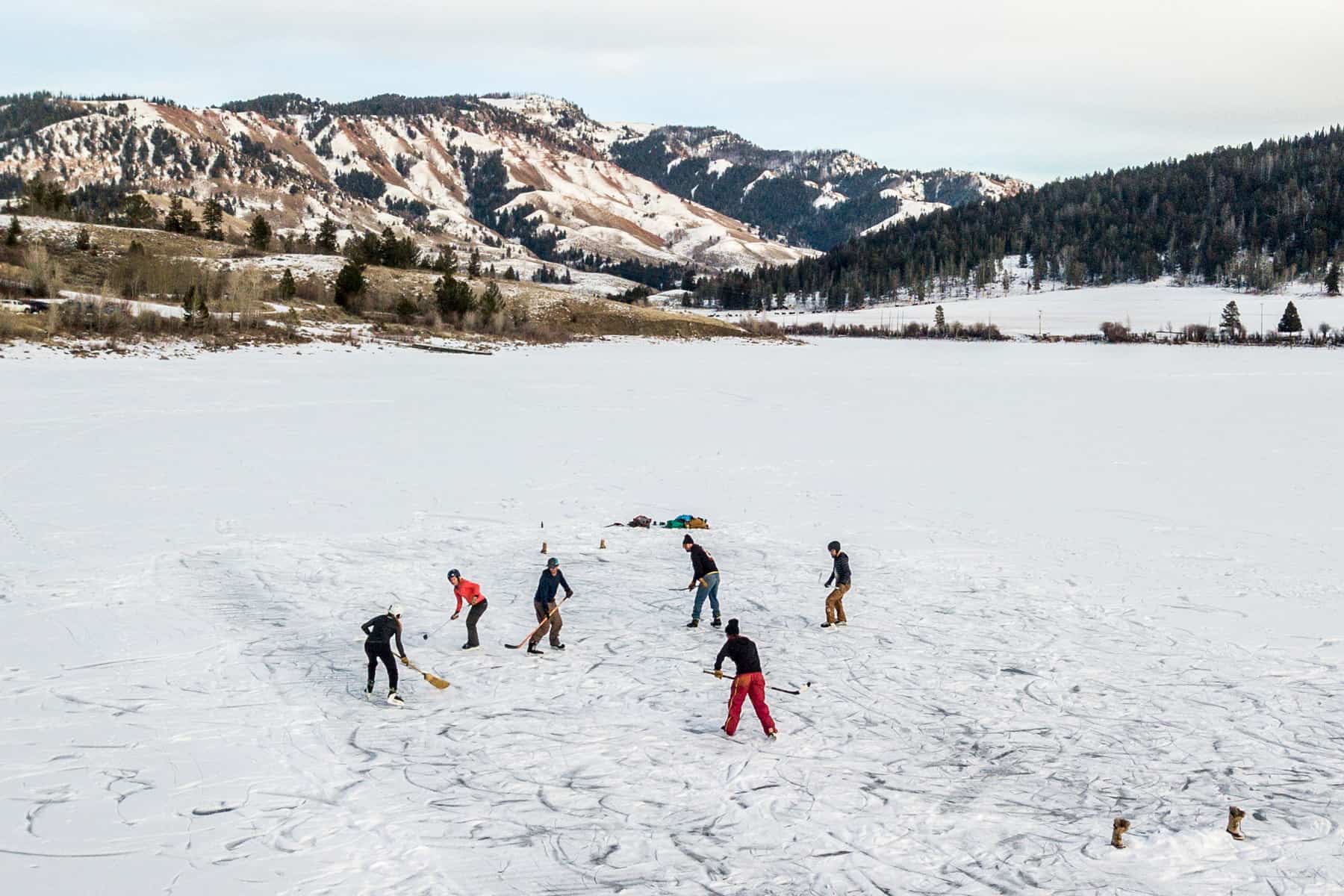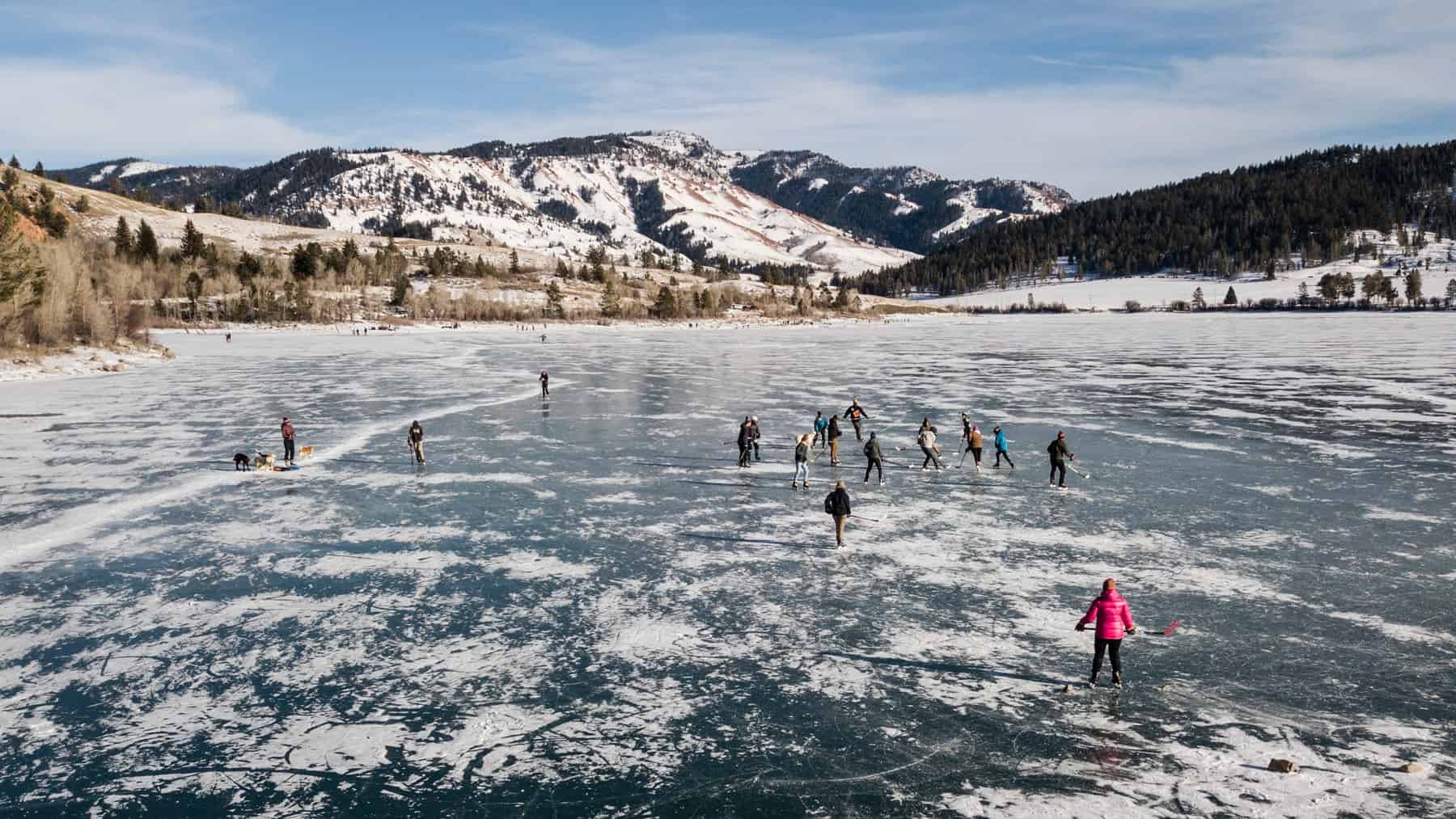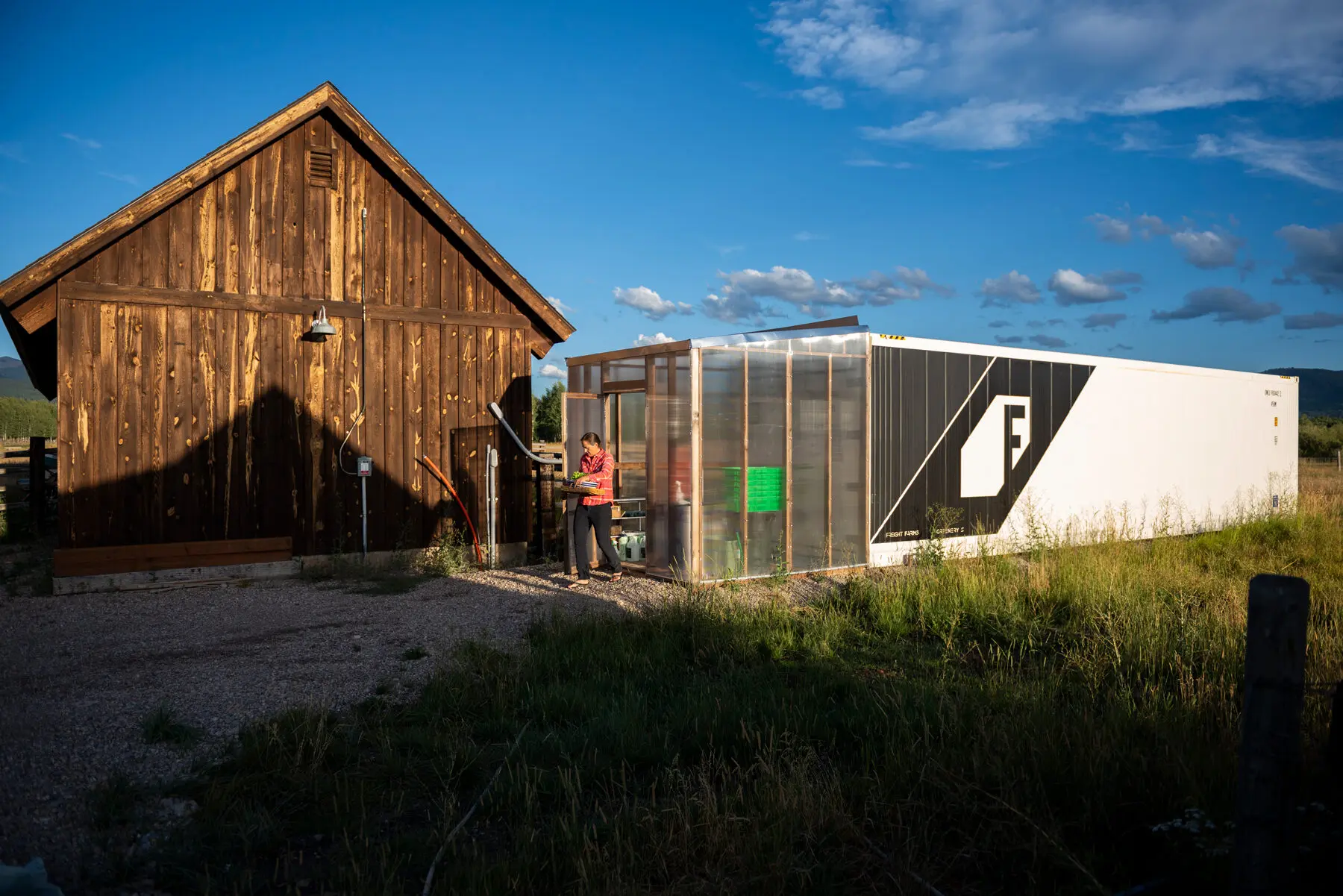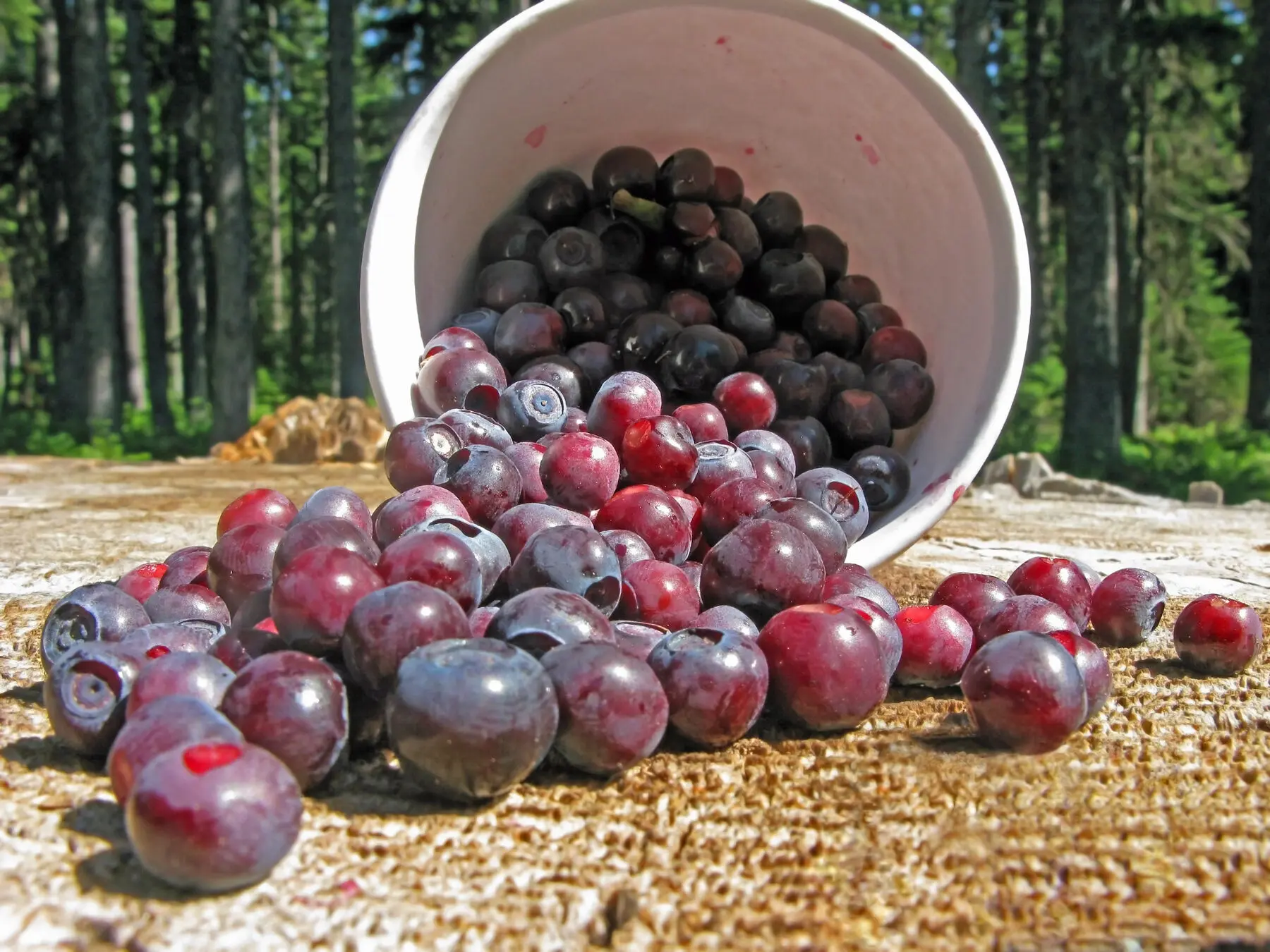By Tibby Plasse // Photography by Ryan Dorgan
—
My first time out on frozen Newfound Lake in Alexandria, New Hampshire, was frightening.
My sister cruised by me laughing at my trepidation. What were we doing out on an icy lake where we could see rocks and fish underneath, and could maybe even fall through?
Not even an hour later, I saw a tractor-trailer drive onto the lake to unload an ice fishing setup—and then I thought, Well, if that guy can make it without creating a fissure, I could certainly take my chances on a few spins (which, at that time, was more like a few crashes).
I hadn’t started playing hockey yet and was still ruled by the figure skate’s anatomy. Still, I learned that day that a toe pick is not your friend on outdoor ice. By high school, I would come to use my dull goalie skates, with longer blades that were perfect for the rough and inconsistent conditions.
Natural ice. Wild ice. Backcountry ice. However you refer to it, this ice has no Zamboni. Any which way the wind blows, so does the ice freeze—and that, too, becomes a part of the chilly thrill of getting out onto it.
Outdoor skating is altogether a different animal than any trip to the ice rink. Conditions need to be perfect. Your skating needs to be loose enough to give with the uneven ice. And you need to prepare yourself for one of the best winter activities there is—so much so, that it might become a bit of an obsession to seek out backcountry skating spots.
“It really is such a seasonal thing; a fleeting moment,” says Turner Resor, a Jackson native who, along with his brother, Miller, inherited their grandmother’s legacy for sailing blades across a lake.
“She was always checking ice at different ponds near the ranch and at Slide Lake. It was a rudimentary science, looking for the exact depth and the right conditions for black ice,” he says.
Resor considers the actual “hunting for ice” a good part of the fun, as well as finding community members who are hunting for it as well.
“You hear those whale sounds [otherwise known as ‘singing ice’ when the ice expands and contracts], the bubbles in the water below, and it’s a surreal experience,” he says. “It’s a confluence of how things work out in the right conditions.”
Resor and his brother are dedicated to finding good ice no matter where or what time of day.
“We went to Fremont Lake [near Pinedale] for a full moon skate … the moon’s glistening hit all the ice crystals around us; it was wild to see all the light.”
Skating outdoors, especially in coveted spots like Treasure Lake, Jackson Lake, or Slide Lake, can be extraordinary. Often the experience is somewhat outside of the normal rules for time and space. You can glide across the reflection of the mountains and the alpenglow sunset, and only ever hear your skates … or others’ skates … or the nearest pond hockey pick-up game.
Mary Ryan, a licensed clinical social worker and registered dietitian-nutritionist, gets her fill every winter from lacing up in the park.
“I love—when skating at Slide Lake—that I can see trees and fish beneath the ice,” she says. “The scary creaking sounds that get my adrenaline moving, and the uneven surfaces that make the most experienced skaters look like hacks sometimes—Really, the mix of various levels of talent and experience adds to the fun. I love it so much!”
It’s not just the scenery that catches your breath, it’s also the speed at which you can skate.
A large lake, or a long stretch of frozen river, provides the open space no one ever gets at a rink filled with skaters. The expanse that frozen bodies of water provide in the wintertime lend themselves to broad, swift glides, giving skaters plenty of space to cruise, without needing to turn before the red line, or slow down gingerly to avoid another skater.
It might actually be the closest earthly activity to flying.

Wild Ice Safety
Heading out to skate can’t be a thoughtless activity. It’s like any other backcountry sport that requires making decisions based on safety, not selfies.
—
- First, always confirm the ice is safe to skate. Test out the frozen terrain by drilling several test holes on new ice. Don’t venture out unless the ice is at least 4 inches deep.
- Know the facts: River ice is about 15 percent weaker than ice over non-running water, and clear blue ice is the strongest; white, or opaque, ice is half as strong.
- Just like when you’re skiing, find ice buddies and never skate alone.
- Always wear a life jacket when skating in the backcountry, and carry hand-held ice picks draped around your neck.
- Other rescue tools to pack include a rope and snow tube.
- Wear a helmet—knee and elbow pads too—because ice is hard to fall on.





